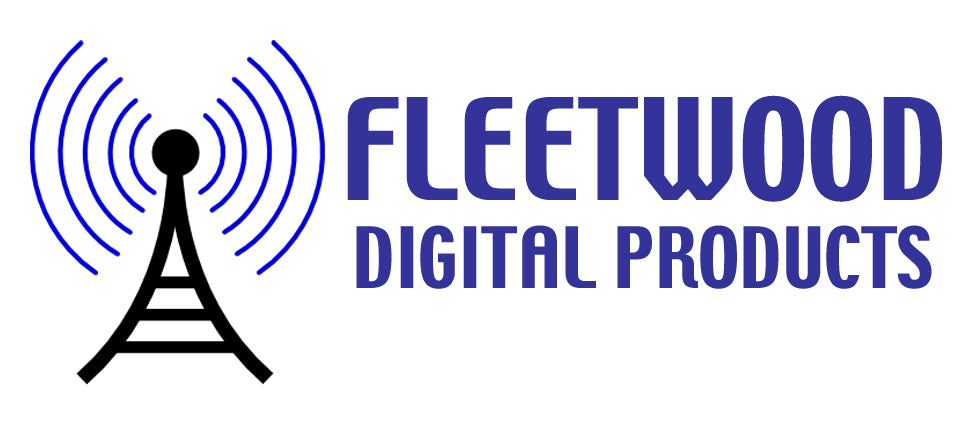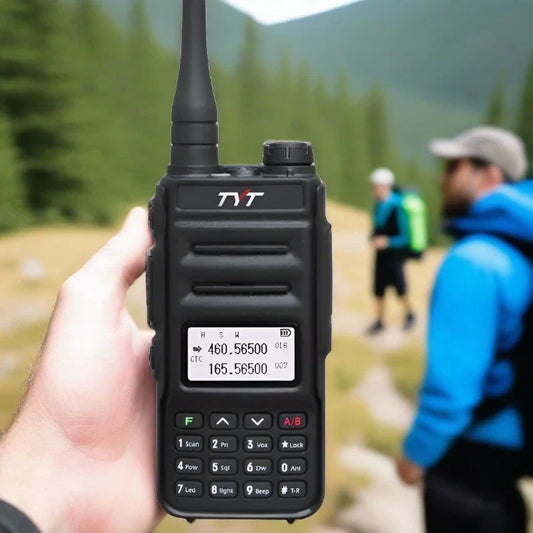The Northern Lights, also known as the Aurora Borealis, can have both positive and negative effects on CB Radio and Ham Radio propagation.
On the positive side, the charged particles that cause the Northern Lights can ionize the Earth's upper atmosphere, creating what's known as the "auroral zone." This zone can enhance radio communication by increasing the ionospheric reflection of radio waves, which can result in longer distance communication over the horizon. This can make it possible to communicate over longer distances than would normally be possible at a particular time of day or night.
On the negative side, the charged particles that cause the Northern Lights can also cause what's known as "auroral absorption." This occurs when the charged particles ionize the Earth's upper atmosphere to such an extent that radio waves are absorbed, making it more difficult for radio signals to penetrate the atmosphere and reach their intended destination. This can result in weaker radio signals and reduced range of communication.
Additionally, the Northern Lights can also produce what's known as "auroral noise" or "geomagnetic noise," which can interfere with radio signals by generating static and other types of interference that can make it difficult to receive clear signals.
In general, the effect of the Northern Lights on CB Radio and Ham Radio propagation will depend on various factors such as the frequency, distance, power of the radio signals, and the strength and intensity of the Aurora. It's always a good idea to be aware of the current space weather conditions and adjust your radio communication accordingly to optimize performance.









